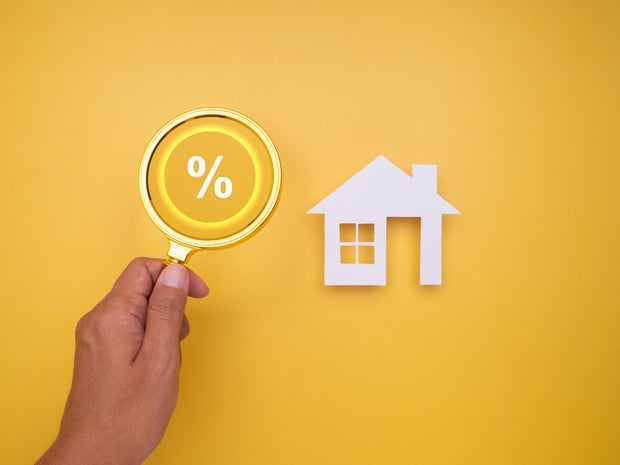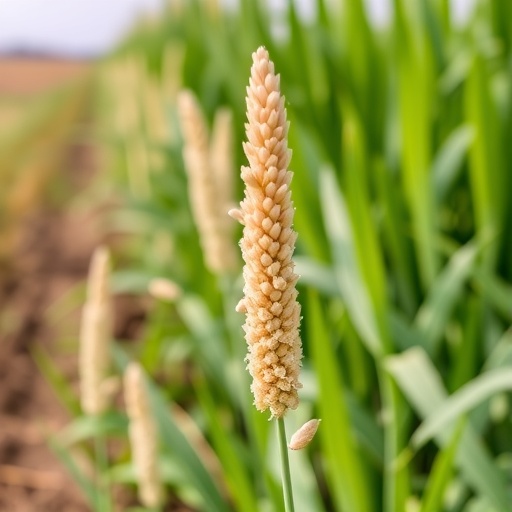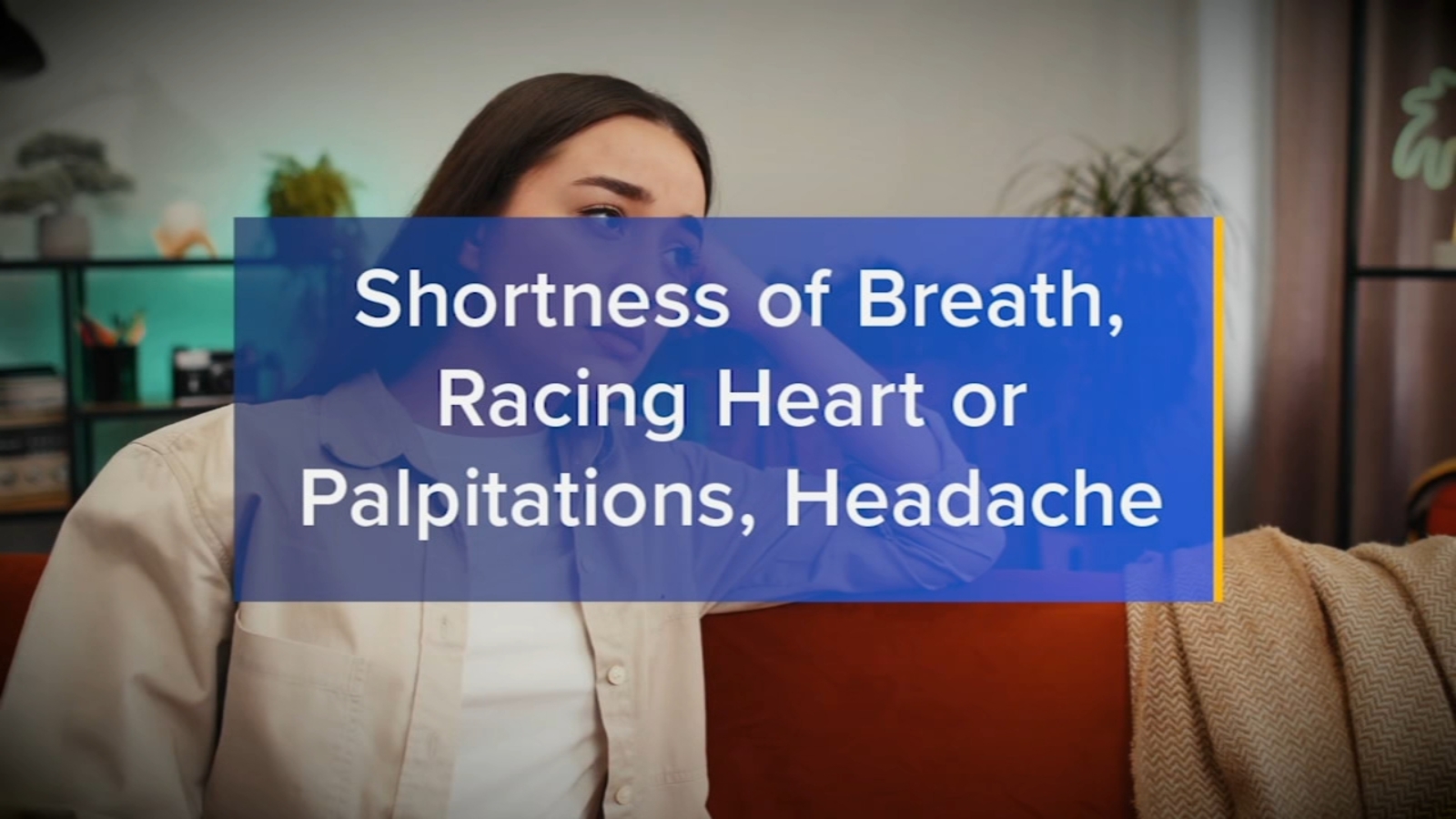Multiple bottom lines, plenty of heart: Oxbow Design Build celebrates first decade – Greenfield Recorder

Report on Oxbow Design Build’s Alignment with Sustainable Development Goals
Introduction and Company Profile
Oxbow Design Build, a design and construction firm celebrating its 10-year anniversary, operates on a “multiple bottom line” principle that integrates profitability with social and environmental objectives. Co-founder Carl Woodruff states the company’s mission is to use environmentally stable materials, contribute to the community by creating affordable housing, and operate as a for-profit enterprise offering competitive wages and benefits. The firm’s services include new construction, remodels, additions, and custom fabrication from its 10,000-square-foot facility in Easthampton.
Commitment to Decent Work and Economic Growth (SDG 8)
Oxbow Design Build exemplifies the principles of SDG 8 through its organizational structure and employment practices. The company transitioned from an LLC to a worker-owned cooperative in 2017, ensuring democratic governance and equitable benefit sharing among its employees.
- Worker-Owned Cooperative Model: This structure promotes inclusive and sustainable economic growth by empowering employees as owners.
- Decent Work Conditions: The firm is committed to providing competitive wages and benefits, contributing to full and productive employment for its team of architects, designers, builders, and artists.
- Local Economic Development: As a member of the Valley Alliance of Worker Cooperatives (VAWC), Oxbow actively participates in a local network dedicated to fostering cooperative business models.
Advancing Sustainable Cities and Communities (SDG 11)
The company’s core operations are deeply aligned with making cities and human settlements inclusive, safe, resilient, and sustainable. This is achieved through a direct focus on affordable housing and environmentally responsible construction methods.
Key Contributions to Sustainable Development:
- Affordable Housing (SDG 1, SDG 11): Oxbow prioritizes projects that increase the availability of affordable housing. A notable past project includes a three-family unit in Greenfield designed to house individuals involved with the Compost Cooperative. This directly addresses SDG Target 11.1, ensuring access to adequate and affordable housing.
- Sustainable Materials and Production (SDG 12): The firm commits to using local and sustainable materials, which reduces the environmental impact of its projects and promotes responsible consumption and production patterns.
- Energy Efficiency (SDG 7, SDG 13): Construction projects are designed to exceed minimum energy code requirements, contributing to affordable and clean energy goals and taking action to combat climate change.
Strategic Partnerships for Sustainable Goals (SDG 17)
Oxbow Design Build demonstrates a strong commitment to SDG 17 by forging multi-stakeholder partnerships to achieve its sustainability objectives. Collaboration is a cornerstone of its operational strategy.
- Valley Alliance of Worker Cooperatives (VAWC): This partnership was critical in providing the technical assistance needed for Oxbow’s transition to a cooperative, showcasing collaboration for institutional capacity-building.
- Municipal and Community Funding: The company successfully secured Community Preservation Act (CPA) funds from the city of Greenfield for an upcoming project.
- Land Trusts: Oxbow utilizes partnerships with land trusts to ensure the long-term affordability of its housing units, creating a sustainable model for community development.
Future Outlook: The Hope Street Project
Oxbow’s upcoming Hope Street project in Greenfield further solidifies its commitment to the SDGs. The project involves constructing a two-family residence on a lot where a previous house was demolished.
Project Alignment with SDGs:
- Targeted Affordable Housing: The two separately deeded units will be sold to income-qualified families, directly supporting targets within SDG 1 (No Poverty) and SDG 11.
- Innovative Ownership Model: The land will be transferred to a land trust, a strategy that ensures permanent affordability and sustainable community stewardship.
- Climate Action and Sustainability: The build will feature energy performance above code minimums and will be constructed with local and sustainable materials, aligning with SDG 7, SDG 12, and SDG 13.
1. Which SDGs are addressed or connected to the issues highlighted in the article?
The article on Oxbow Design Build highlights several issues and initiatives that directly connect to a number of Sustainable Development Goals (SDGs). The company’s business model and projects focus on environmental sustainability, social equity, and economic viability, which are the core pillars of the SDGs. The following SDGs are addressed:
- SDG 1: No Poverty – By creating affordable housing for income-qualified families, the company helps provide a crucial asset and stability, which is a key factor in poverty alleviation.
- SDG 8: Decent Work and Economic Growth – The article emphasizes the company’s structure as a “worker-owned cooperative” that provides “competitive wages and benefits,” promoting inclusive and sustainable economic growth and decent work for all.
- SDG 10: Reduced Inequalities – The focus on building housing with “income restrictions” for “income-qualified” families directly aims to reduce inequalities by ensuring that lower-income groups have access to safe and affordable housing.
- SDG 11: Sustainable Cities and Communities – This is a central theme, as Oxbow’s primary work involves building energy-efficient, affordable housing using sustainable materials within communities, contributing to inclusive and sustainable urban development.
- SDG 12: Responsible Consumption and Production – The company’s commitment to using “environmentally stable materials” and “local and sustainable materials” promotes responsible consumption and production patterns in the construction industry.
- SDG 17: Partnerships for the Goals – The article mentions Oxbow’s collaboration with the “Valley Alliance of Worker Cooperatives (VAWC)” and its reliance on public funding like “Community Preservation Act (CPA) funds” and other grants, showcasing partnerships to achieve sustainable goals.
2. What specific targets under those SDGs can be identified based on the article’s content?
Based on the activities and principles of Oxbow Design Build described in the article, several specific SDG targets can be identified:
-
SDG 1: No Poverty
- Target 1.4: By 2030, ensure that all men and women, in particular the poor and the vulnerable, have equal rights to economic resources, as well as access to basic services, ownership and control over land and other forms of property…
Explanation: The article states that the housing units built on Hope Street will be “separately deeded” and “sold to an income-qualified family,” with the land given to a “land trust.” This directly supports secure land tenure and property ownership for vulnerable populations.
- Target 1.4: By 2030, ensure that all men and women, in particular the poor and the vulnerable, have equal rights to economic resources, as well as access to basic services, ownership and control over land and other forms of property…
-
SDG 8: Decent Work and Economic Growth
- Target 8.5: By 2030, achieve full and productive employment and decent work for all women and men… and equal pay for work of equal value.
Explanation: The company is described as a “for-profit enterprise with competitive wages and benefits,” directly addressing the goal of decent work. - Target 8.2: Achieve higher levels of economic productivity through diversification, technological upgrading and innovation…
Explanation: Oxbow’s transition to a “worker-owned co-op” is an innovative business model that promotes inclusivity and shared ownership, aligning with achieving higher levels of productivity through new organizational structures.
- Target 8.5: By 2030, achieve full and productive employment and decent work for all women and men… and equal pay for work of equal value.
-
SDG 10: Reduced Inequalities
- Target 10.2: By 2030, empower and promote the social, economic and political inclusion of all, irrespective of… economic or other status.
Explanation: The company actively promotes economic inclusion by creating housing specifically for “income-qualified” families, ensuring that housing projects benefit those with lower economic status.
- Target 10.2: By 2030, empower and promote the social, economic and political inclusion of all, irrespective of… economic or other status.
-
SDG 11: Sustainable Cities and Communities
- Target 11.1: By 2030, ensure access for all to adequate, safe and affordable housing and basic services…
Explanation: This is a core mission mentioned throughout the article, with direct references to “creating affordable housing” and specific projects like the “two-family residence” and a “three-family unit” for this purpose. - Target 11.6: By 2030, reduce the adverse per capita environmental impact of cities…
Explanation: The company’s commitment to building “above code minimum for energy usage” and using “local and sustainable materials, to keep the environmental impact low” directly contributes to reducing the environmental footprint of urban areas.
- Target 11.1: By 2030, ensure access for all to adequate, safe and affordable housing and basic services…
-
SDG 12: Responsible Consumption and Production
- Target 12.2: By 2030, achieve the sustainable management and efficient use of natural resources.
Explanation: The article explicitly mentions the company’s policy to “use environmentally stable materials” and “local and sustainable materials,” which is a direct application of this target.
- Target 12.2: By 2030, achieve the sustainable management and efficient use of natural resources.
-
SDG 17: Partnerships for the Goals
- Target 17.17: Encourage and promote effective public, public-private and civil society partnerships…
Explanation: Oxbow’s story involves multiple partnerships: collaborating with the “Valley Alliance of Worker Cooperatives (VAWC)” to change its business structure, and working with public entities by receiving “Community Preservation Act (CPA) funds from the city of Greenfield” and seeking other significant grants.
- Target 17.17: Encourage and promote effective public, public-private and civil society partnerships…
3. Are there any indicators mentioned or implied in the article that can be used to measure progress towards the identified targets?
Yes, the article mentions and implies several qualitative and quantitative indicators that can be used to measure progress towards the identified targets:
- Number of affordable housing units created: The article explicitly mentions the construction of a “two-family residence” and a previously completed “three-family unit.” This is a direct quantitative indicator for Target 11.1.
- Implementation of income-qualification criteria: The statement that a property has “income restrictions” and will be sold to an “income-qualified family” is a qualitative indicator for measuring progress towards Target 10.2 and Target 1.4.
- Adoption of cooperative business models: The fact that Oxbow is a “worker-owned cooperative” is a clear indicator for Target 8.2, showing a move towards innovative and inclusive business structures.
- Provision of fair wages and benefits: The mention of “competitive wages and benefits” serves as a qualitative indicator for Target 8.5.
- Use of sustainable and local materials: The company’s stated practice of using “environmentally stable materials” and “local and sustainable materials” is a key performance indicator for Target 12.2 and Target 11.6.
- Energy efficiency standards in buildings: The commitment to build “above code minimum for energy usage” is a specific, measurable indicator of reducing the environmental impact of buildings (Target 11.6).
- Formation of partnerships: The membership in the “Valley Alliance of Worker Cooperatives (VAWC)” and the receipt of “CPA funds” are concrete indicators of establishing partnerships to achieve sustainability goals (Target 17.17).
- Use of innovative land tenure models: The plan to give land to a “land trust” is an indicator of innovative settlement management that ensures long-term affordability and community control (Target 1.4 and 11.1).
4. Table of SDGs, Targets, and Indicators
| SDGs | Targets | Indicators Identified in the Article |
|---|---|---|
| SDG 1: No Poverty | 1.4: Ensure equal rights to economic resources, access to basic services, and control over land and property. | Creation of separately deeded housing units for sale; Use of a land trust model to secure tenure. |
| SDG 8: Decent Work and Economic Growth | 8.5: Achieve full and productive employment and decent work for all. 8.2: Achieve higher levels of economic productivity through innovation. |
Provision of “competitive wages and benefits”; Functioning as a “worker-owned cooperative.” |
| SDG 10: Reduced Inequalities | 10.2: Empower and promote the social and economic inclusion of all. | Housing projects have “income restrictions” and are for “income-qualified” families. |
| SDG 11: Sustainable Cities and Communities | 11.1: Ensure access for all to adequate, safe and affordable housing. 11.6: Reduce the adverse per capita environmental impact of cities. |
Number of affordable housing units built (“two-family,” “three-family”); Building “above code minimum for energy usage.” |
| SDG 12: Responsible Consumption and Production | 12.2: Achieve the sustainable management and efficient use of natural resources. | Stated use of “environmentally stable materials” and “local and sustainable materials.” |
| SDG 17: Partnerships for the Goals | 17.17: Encourage and promote effective public, public-private and civil society partnerships. | Membership in the “Valley Alliance of Worker Cooperatives (VAWC)”; Receipt of “Community Preservation Act (CPA) funds.” |
Source: recorder.com

What is Your Reaction?
 Like
0
Like
0
 Dislike
0
Dislike
0
 Love
0
Love
0
 Funny
0
Funny
0
 Angry
0
Angry
0
 Sad
0
Sad
0
 Wow
0
Wow
0


















-1920w.png?#)


















;Resize=805#)









































